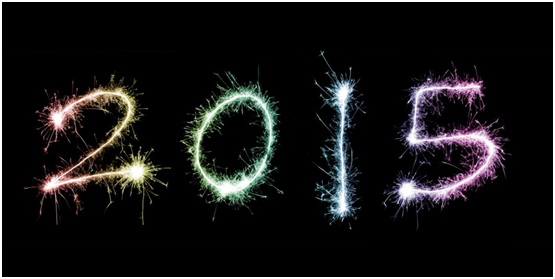Memes about memes, “breaking” the Internet, scandalous leaks… 2014 has been a turbulent year for PR agencies and other communications professionals. We’ve heard plenty about the mobile explosion and big data this year in PR and ad tech, but it’s not over. Here are the developments that get my votes for top trends likely to impact the new year.
Data and more data
Online ads are more relevant, earned and owned content more targeted, and overall communications are more data-driven than ever before. Yet data-focused marketing continues to bring heightened concerns about user privacy. And when it comes to data security, I’m reminded of an industry maxim repeated by a marketing technology client who was hacked back in 2010. “There are two kinds of companies: those who know they’ve been hacked, and those who haven’t yet realized it.” The Sony crisis raises the stakes for data security and reminds us that when it comes to a breach, it’s not a question of if, but a matter of when.
Higher standards for transparent communications
Earlier this year, the UK Guardian published a list of top global PR firms who have pledged not to represent companies who oppose or deny climate change. The piece signaled the growing clout of the global PR community, as well as the greater scrutiny it will draw in the coming months. Media, NGOs and political watchdogs on both sides of the aisle will press harder than ever for transparent and ethical business practices, and our industry must be ready.
A new generation of influencers come of age
Had you heard of Bethany Mota a year ago? What about 8-year-old EvanTubeHD? An emerging generation of influencers has opened up a whole new world of social influence. These rising SMEs (subject matter experts) have amassed huge followings on Instagram or YouTube. In 2015, PR professionals will be looking to identify or even create the future Michelle Phan, to name just one.
The rise of the visual web
Humans process images much faster than we decipher text, and the rapid pace of mobile content consumption on smartphones and tablets has driven an explosive shift from word-based to to image-based communications. In 2015, look for more brands to join Starbucks, West Elm, and National Geographic in a commitment to more image-based content creation.
Podcasts rule
Communications isn’t just visual. Audio is enjoying a resurgence – even though it never left. Podcasts and even audiobooks will climb higher on the list of PR tools and tactics, partly due to huge rates of mobile adoption, but also because of the astounding success of “Serial.” The podcast was such a cultural phenomenon in 2014 that it’s driven big audiences for other podcasts dedicated to reviewing and dissecting each episode, like Slate’s popular weekly discussion. There’s even a holiday-themed parody of “Serial” on SNL. That’s a high bar for season two but a boost for the medium.
Blurred lines getting blurrier
With brand reputation profoundly affected by public opinion, social sharing, and earned media coverage, responsibilities within PR, SEO/content, and social media keep blurring. Optimal brand communications means closer alignment among previously siloed business functions. That means large PR agencies will continue to add new skills and practices, and specialist agencies will dig deep to master the many ways that earned media coverage can be used to drive sales and support business goals.

